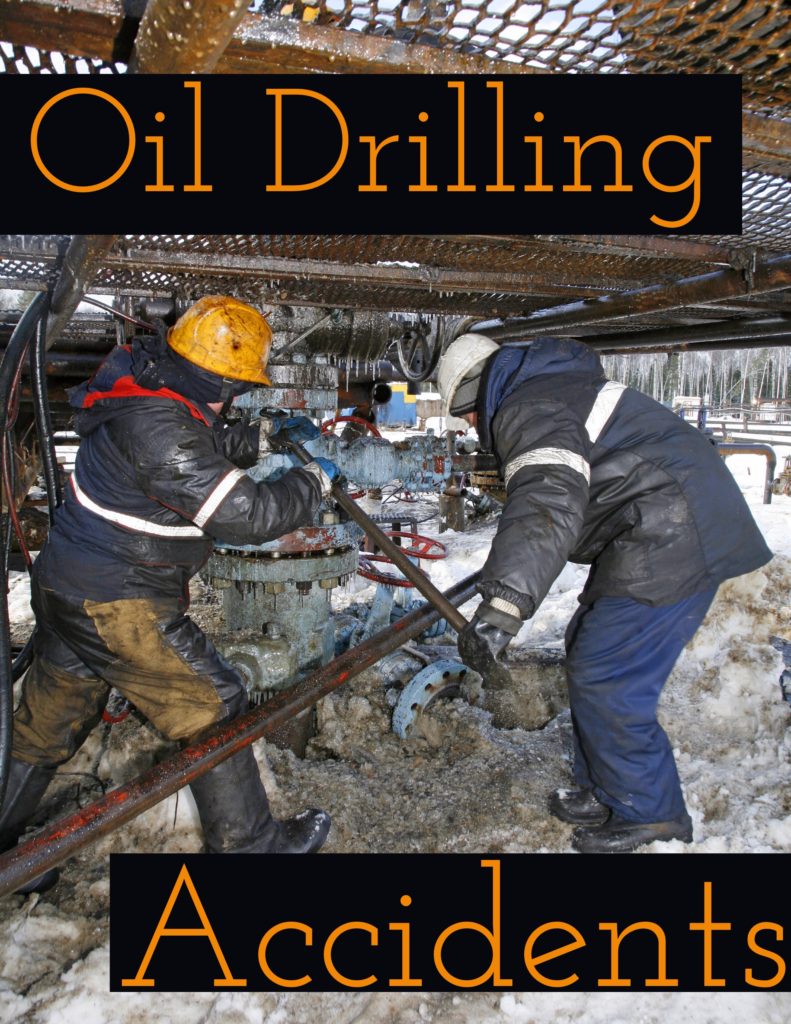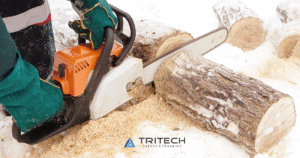The Reality of Oil Drilling Safety
The Oil and Gas Well Drilling Industries can quickly become one of the most dangerous enterprises of all if safety is bypassed.
Out of the documented injuries that have occurred in this sector, there was reportedly a twenty-seven percent fatality rate increase seen from 2013 to 2014, with 142 fatal injuries, making the rate nearly 16 deaths per 100,000 workers. These increases almost make it the highest fatality rate of all job sectors.
In October 2015, an important report was published by OSHA for the Upstream Oil and Gas Industry. It highlighted which fatal accidents occurred most often. The aim of this report was to help minimize the number of fatalities and dangerous accidents in the industry.
Since these numbers are so severe, TriTech Safety has made it a priority to publish this article on the most common accidents in the oil and gas well drilling industries, along with some practical steps on how to minimize these dangers.
7 Common Accidents:
1. Fire and Explosions
This is the leading accident in the oil drilling industry. In the process of drilling, blowouts, tripping out and swabbing, combustible gasses can exit and react with the air, a potential cause for explosions.
Other common ways in which explosions can occur include: cutting or welding in proximity to combustible materials as well as detonating perforating guns above ground. When it comes to having the needed situational awareness, safety training for these fire outbreaks can mean the difference between life and death.
2. Falls
Falls occur in the oil drilling industry as well. These happen most commonly in elevated rig areas. Workers can fall from the rig floor to a grade or the open ocean. These accidents are extremely dangerous, but they can be avoided when openings have safety structures fastened and proper safeguards are set in place to secure workers as they operate on these elevated rigs.
3. Electrocution
Saltwater, as well as some chemicals used in the extraction process, is corrosive. The simplest of tasks, such as faulty or worn wiring while changing a light bulb can cause an electric shock on board a drilling rig.
A simple measure to avoid electrocution is to wear electrical insulators as protection, as well as to perform regular inspections to replace worn or damaged equipment.
4. Being Struck
Workers are at risk of getting hit by falling or moving objects such as tongs, pipes, rotary tables, or spinning chains. In some instances, high-pressure hose connections have failed, allowing a whipping hose to strike workers.
5. Becoming Caught
Clothing and extremities are at high risk for entrapment. These hazards can include collars and tongs, spinning chains, pipes, and rotary tables.
It is important to note: any area where contact distances rapidly shift or confine workers into a tight space; it can prove fatal to the person involved.
6. Rig Collapse
Rigs often collapse when a rig is carrying more than it is designed to carry. Another cause of Rig Collapse is when the Rig Assessment is not detailed enough or performed in a necessary practice. Mechanical issues from regular neglect like those just mentioned above will quickly raise the possibility of frequent accidents occurring.
7. Exposure to Harmful Chemicals
Chemicals like hydrogen sulfide are colorless and are quite difficult to detect. Long term effects could cause respiratory paralysis, sudden collapse, irregular heartbeat, and death. Workers can be exposed to these chemicals during gauging and drilling. Prevention starts by wearing proper gas masks with regularly changed out air filters.





